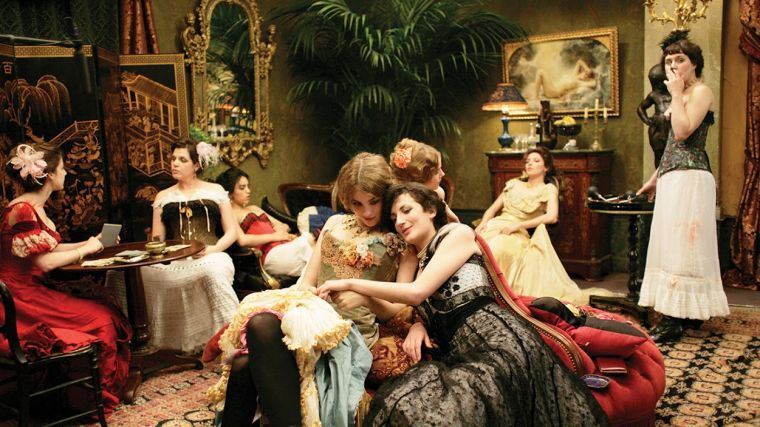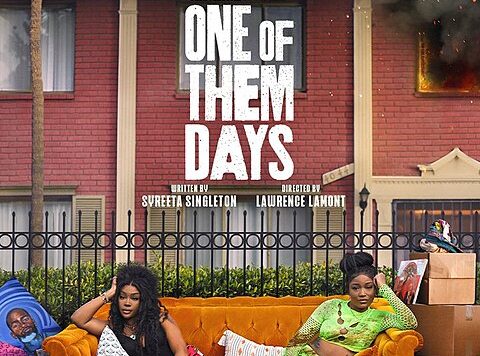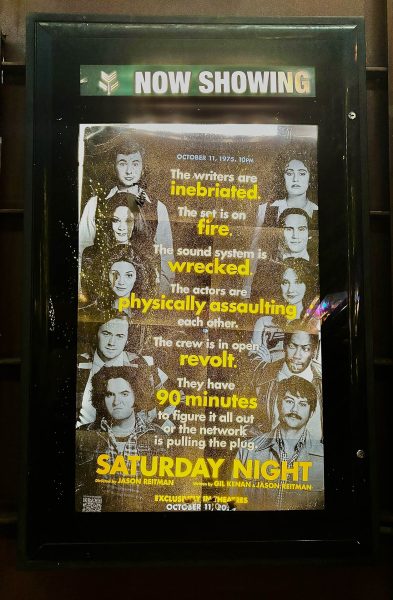Festival favorite features turn-of-the-century French brothel
Weekly ‘Flix Fix takes the legwork out of wading through thousands of film choices on Netflix, bringing you the most truly bizarre, quirky and outright amazing gems instant streaming has to offer.
A film connoisseur, or a casual browser of Netflix, should be warned that “House of Pleasures,” the 2011 film directed and produced by Bertrand Bonello, is a story that leaves viewers with a sense of anything but pleasure. More directly, anybody expecting to view a saucy tale of a swanky French brothel at the turn of the 20th century is poorly mistaken.
“House of Pleasures,” presented at the 2011 Cannes Film Festival and at the Toronto International Film Festival the same year, explores the challenges and conflicts of the girls, the madam and even of a couple of the johns who make up the microcosm of the brothel. The film holds nothing back. It takes the viewer beyond his or her limits an exposes them in a viscerally provoking manner.Other challenges presented in the film include the struggle of Pauline (Iliana Zabeth). The 16-year-old girl is the newest addition to the brothel and says during her interview that she has sought out this occupation in order “to be independent. To be free.”
Meanwhile, Clothilde (Celine Sallette), who is far more seasoned at the job, seeks escape from the house in the form of drugs. She is seen repeatedly in seclusion smoking from a long pipe; in one instance, the camera fades to black as Clothilde slowly exhales in her struggle for release—her struggle for freedom. When the madam threatens that Clothilde will end up in a low-end brothel if she continues to abuse, Clothilde counters that she will sell herself at a high price and finally cast of the shackles of her debts.
Tirelessly, the film moves viewers though its dark and moving imagery. With astounding success, Bonello and his cast rip back the plush curtains on the true air of enslavement and captivity present in the house.
The madam is another such prisoner, though in an entirely different fasion. She is bound by the overhead involved in operating, and despite her efforts, she is not able to pay the rising cost of the rent. Ultimately, the house closes down. The girls move on to different houses, but their liberty is as limited as before.
By the end of the film, it is nearly impossible to see the bodies of the prostitutes in an erotic sense; instead, the curves of the women are not unique from any other part of their bodies. They are the summation of every organ—one person.
Sold as one. Indebted as one. Enslaved as one.











